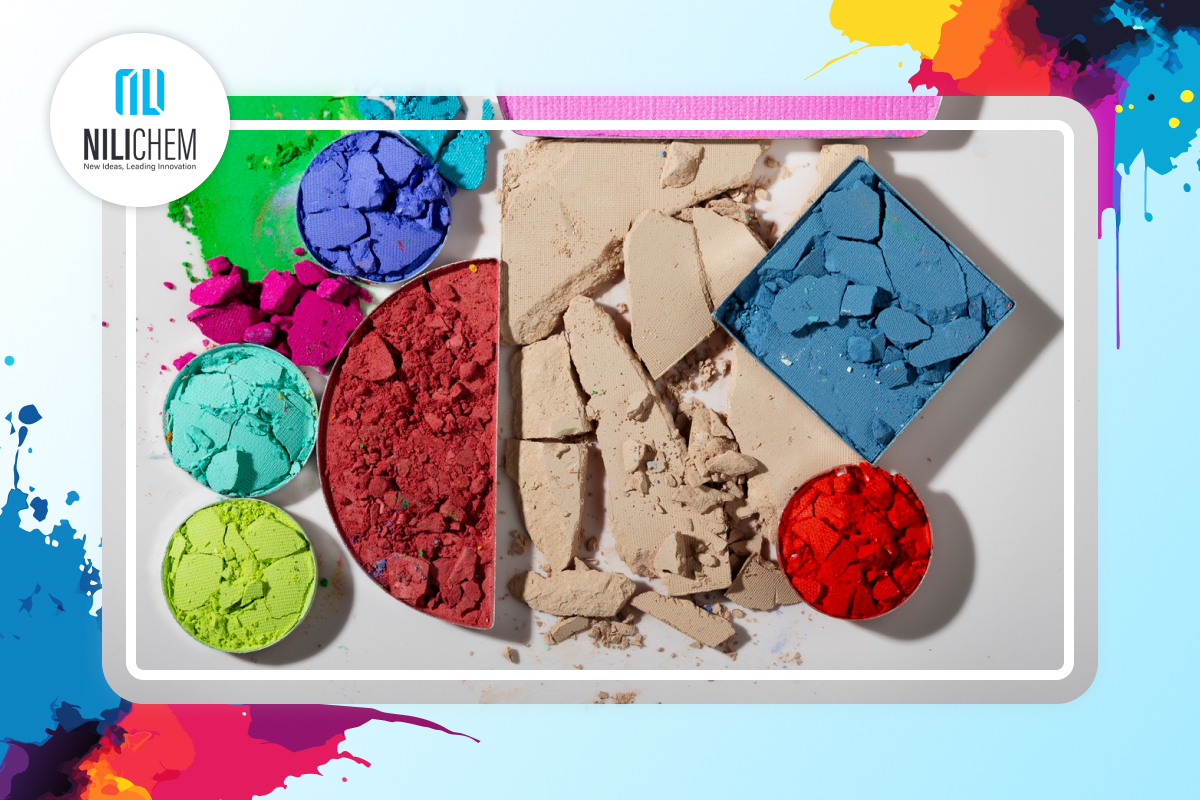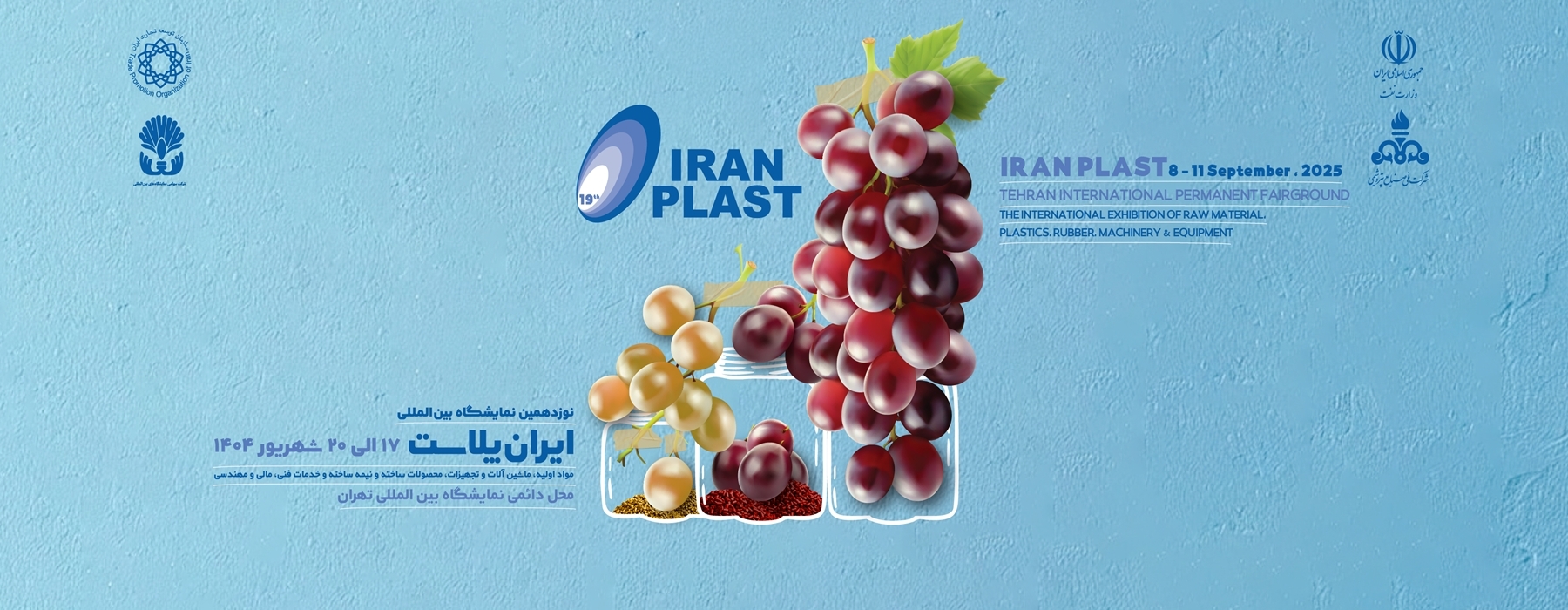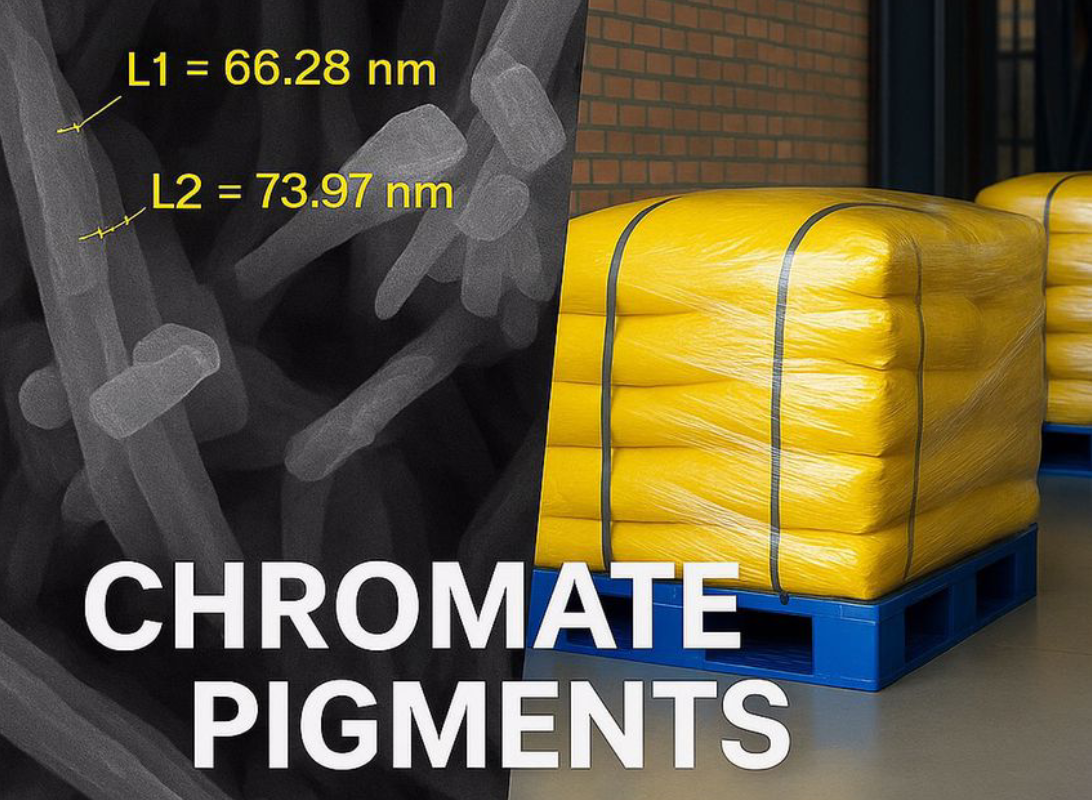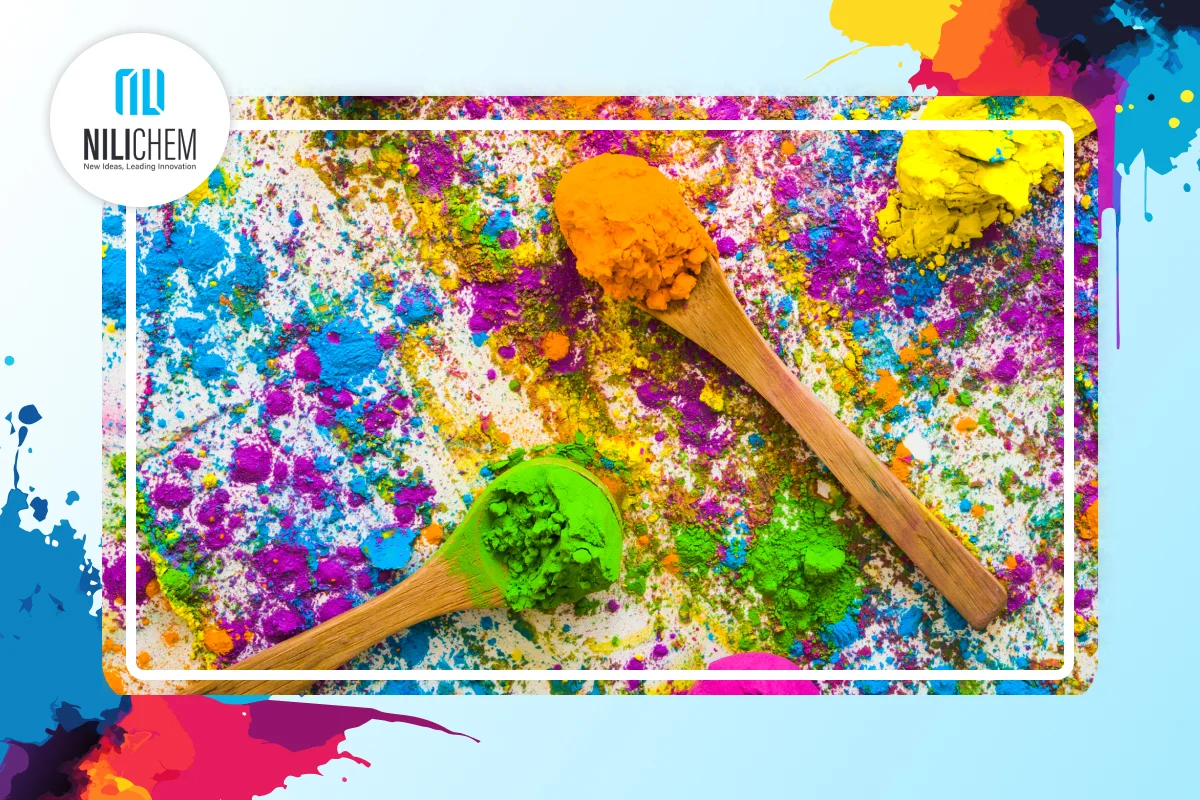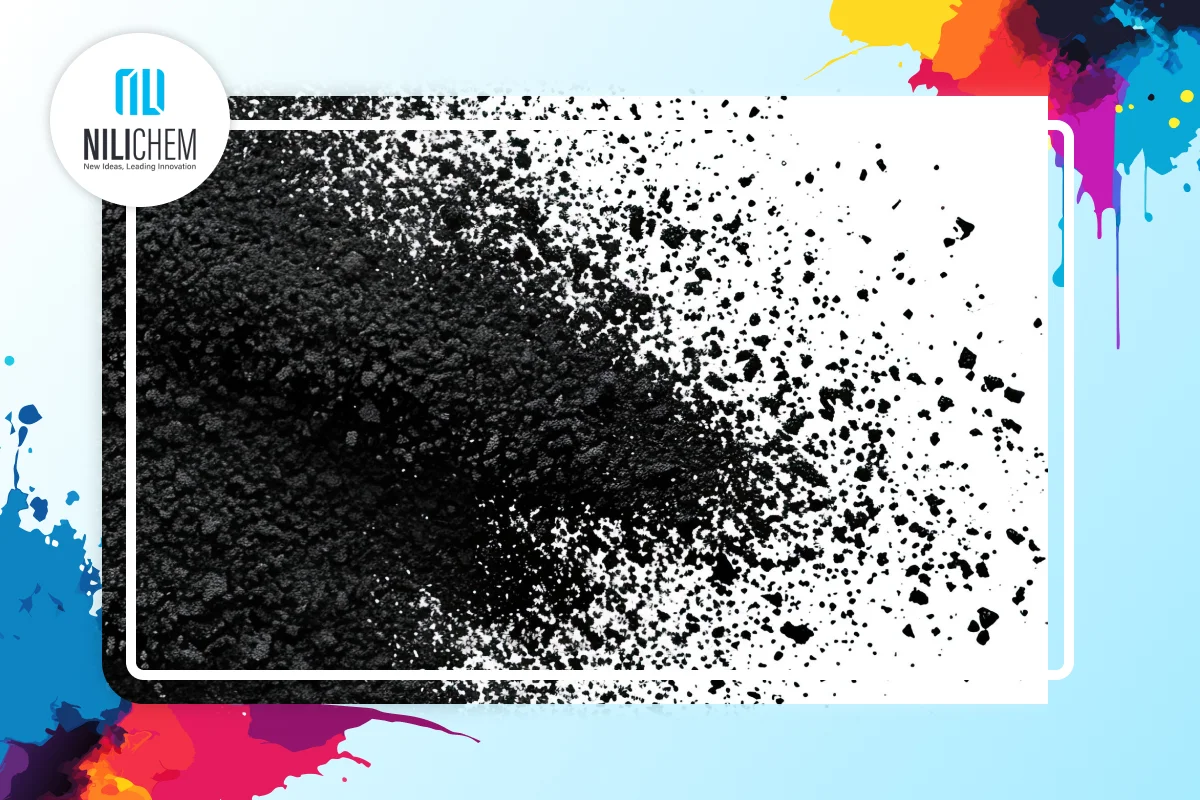Pigments are one of the key components in the paint industry, playing a fundamental role in creating visual effects, enhancing durability, and improving the technical properties of coatings. These compounds are generally divided into two main categories: organic and inorganic, each offering unique characteristics and finding diverse applications across various industries. Organic pigments, known for their wide range of vibrant colors and excellent brightness, are used primarily in decorative and specialty paints. Meanwhile, inorganic pigments, with their superior resistance to heat, light, and chemicals, are ideal choices for industrial and architectural applications. In this article, we will explore the applications of organic and inorganic pigments in the paint industry.
Pigments and Their Importance in the Paint Industry
Pigments are among the most essential ingredients that give paints their identity. If we imagine paint as clothing for objects, pigments are what define the design and pattern of that clothing. They play a key role by providing color, enhancing durability, and resisting environmental conditions.
The use of organic and inorganic pigments in the paint industry not only adds aesthetic value but also significantly impacts the final performance of the paint. Thanks to pigments, paints can withstand exposure to light, moisture, chemicals, and heat while maintaining their quality. Therefore, understanding the properties of pigments is crucial for both paint manufacturers and consumers.
Classification of Pigments
Pigments are generally classified into two main groups: organic and inorganic.
Organic pigments are carbon-based compounds and usually offer brighter, more transparent, and more diverse colors. These pigments are either derived from natural sources or synthesized chemically and, due to their complex molecular structures, exhibit special performance in certain applications.
In contrast, inorganic pigments are based on metallic or non-metallic compounds. They tend to be more opaque, more resistant, and more stable when exposed to heat and light. Given their specific characteristics, the choice between organic and inorganic pigments largely depends on the intended application. In fact, the use of organic and inorganic pigments in the paint industry often complements each other.
Organic Pigments
Organic pigments are a group of colorants based on carbon compounds. Unlike inorganic pigments, which are mineral-based, organic pigments are composed of substances like azo compounds, phthalocyanines, and other carbon derivatives. A major characteristic of organic pigments is that they are generally lighter, more transparent, and glossier than their inorganic counterparts. They act as insoluble solid particles that, when dispersed in various mediums, create vivid and striking appearances.

Characteristics and Advantages of Organic Pigments
Thanks to their specific molecular structure, organic pigments produce clear, bright, and lively colors. This transparency and brilliance have led to their widespread use in decorative, automotive, ink, and printing industries.
Key features and advantages of organic pigments include:
- Wide Color Range: Organic pigments offer a much broader spectrum of vivid and pure colors, such as brilliant reds, warm yellows, and intense blues, compared to inorganic pigments.
- Low Molecular Weight: Due to their lighter molecular structures, they disperse easily in various formulations and require relatively smaller quantities.
- Excellent Dispersibility: Their small particle size and suitable structure allow them to be well dispersed in resins, plastics, inks, and liquid paints.
- Non-Toxicity: Many organic pigments are free from heavy metals or hazardous substances, making them safe for use in toys, food packaging, and personal care products.
- Eco-Friendliness: Their production typically consumes less energy than that of some inorganic pigments and results in significantly lower metal pollution.
- High Brightness and Transparency: These qualities make them the primary choice for applications requiring bright colors and special visual effects.
Versatile Applications of Organic Pigments Across Industries
Due to their unique properties, organic pigments play a major role in various industries. Some of their main applications include:
- Decorative Paints: Used in architectural and artistic paints where vivid and clear colors are required.
- Automotive Industry: Applied for creating metallic effects, special colors, and glossy coatings on vehicle bodies.
- Printing Inks: Used in the production of printer inks, lithographic inks, and industrial printing due to their color stability, vividness, and high tinting strength.
- Plastic Industry: Added to plastics and polymers for manufacturing consumer goods, packaging materials, and industrial components.
- Textile Industry: Used for dyeing delicate and sensitive fabrics requiring bright, durable, and lightweight colors.
- Cosmetics: Incorporated into formulations for lipsticks, eyeshadows, and other cosmetic products to achieve pure and striking colors.
- Food Packaging: Employed in colored food packaging materials due to their non-toxic nature and high safety standards.
Inorganic Pigments
Inorganic pigments are usually based on metallic oxides such as iron oxide, chromium oxide, titanium dioxide, and others. These compounds exhibit exceptional resistance to light, heat, and chemicals. Paints made with inorganic pigments generally offer high coverage and outstanding durability.
Inorganic pigments are ideal for industrial environments, outdoor spaces, building surfaces, and even marine applications. However, one main limitation is that they offer a narrower color range and less brilliance compared to organic pigments. Overall, in applications where high resistance is critical, inorganic pigments are the preferred choice — a key consideration in the use of organic and inorganic pigments in the paint industry.
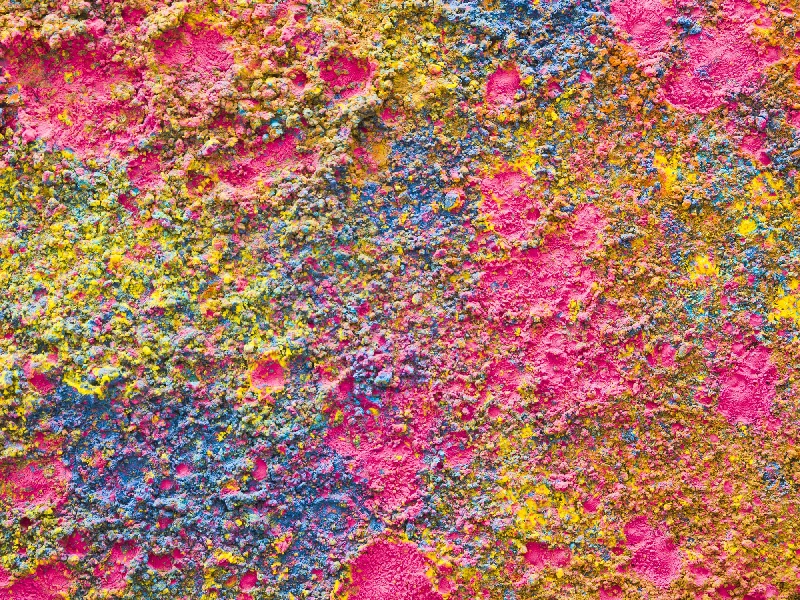
Advantages of Inorganic Pigments
Inorganic pigments possess specific features and advantages that make them excellent choices for many industrial and construction applications:
- Exceptional Environmental Resistance: Inorganic pigments are highly resistant to UV radiation, extreme temperature changes, moisture, and chemicals.
- Long-Term Durability: Paints containing these pigments can last for many years without color fading or structural damage.
- Excellent Coverage: Due to their specific particle structures, they provide superior coverage on various surfaces.
- Chemical Stability: They maintain their color and quality even in acidic or alkaline environments.
- Cost-Effectiveness: For many industrial and construction uses, inorganic pigments are a more economical option due to their reasonable price and long service life.
- Compatibility with Harsh Environments: They are ideal for outdoor settings, industrial areas, marine projects, and specialized applications requiring mechanical and chemical resistance.
It should be noted that although inorganic pigments have less color variety and lower brilliance compared to organic pigments, they are the top choice in projects where stability and longevity are more important.
Application of Inorganic Pigments in Industrial and Construction Paints
In the construction industry, inorganic pigments play a critical role in manufacturing exterior paints, anti-corrosion coatings, and protective layers. For example, exterior wall paints exposed to intense sunlight, rain, dust, and temperature fluctuations require pigments with high durability a need perfectly met by inorganic pigments.
In industrial paints, such as anti-corrosion coatings, paints for heavy machinery, or epoxy floor coatings, inorganic pigments are utilized to enhance durability, adhesion, and longevity.
Comparison of Organic and Inorganic Pigments: Which One Is More Suitable for Your Application?
When choosing between organic and inorganic pigments, it is important to consider the project’s requirements and environmental conditions. If you are looking for pigments with high brightness, excellent transparency, and a wide range of colors, organic pigments are the ideal choice. These pigments are excellent for decorative products, printing, and various aesthetic applications.
However, if resistance to harsh environmental conditions such as direct sunlight, high humidity, or chemical exposure is a priority, inorganic pigments are the better option. In the paint industry, a combination of both types of pigments is often used to take advantage of the best properties of each. Therefore, the simultaneous and complementary use of organic and inorganic pigments is a common practice in the paint and coatings industry.
Challenges and Opportunities in Domestic Pigment Production
One of the main challenges in the pigment industry in Iran is the dependence on imported raw materials and production equipment. Many companies rely on imports for the supply of specialized pigments, which can be problematic given currency fluctuations and trade restrictions. Additionally, producing advanced pigments requires high technical expertise and modern equipment.
Nevertheless, there are significant opportunities in this sector. The domestic market has a high capacity, and Iran possesses abundant mineral resources and a skilled workforce, offering strong potential for development. Investing in research and development (R&D), supporting knowledge-based companies, and technology transfer can boost the growth of domestic pigment production and help localize the use of organic and inorganic pigments in the industry.
The Role of Nilgoon Pigment Company in Developing Organic Pigments in Iran
Among domestic manufacturers, Nilgoon Pigment Company is considered one of the pioneers in the production of organic pigments in Iran. By focusing on high quality, color stability, and compliance with international standards, the company has successfully met a significant portion of the needs of local industries. Nilgoon Pigment, leveraging modern technologies and a professional team, produces pigments used in diverse fields such as industrial paints, printing, plastics, and automotive industries.
Supporting companies like Nilgoon Pigment not only reduces dependence on imports but also fosters innovation within the country. They have demonstrated that relying on domestic capabilities can make a strong impact in the competitive pigment market and elevate Iran’s position in this industry.
Conclusion
Ultimately, the use of organic and inorganic pigments plays a key role in determining the quality, durability, and visual appeal of colors used across various industries. Each pigment type has its own advantages and limitations, and the right choice depends on a thorough understanding of the application and environmental conditions. Despite certain challenges, Iran has the potential for significant growth and development in the pigment sector. Companies like Nilgoon Pigment have played an important role in paving the way for a brighter future in domestic pigment production.


